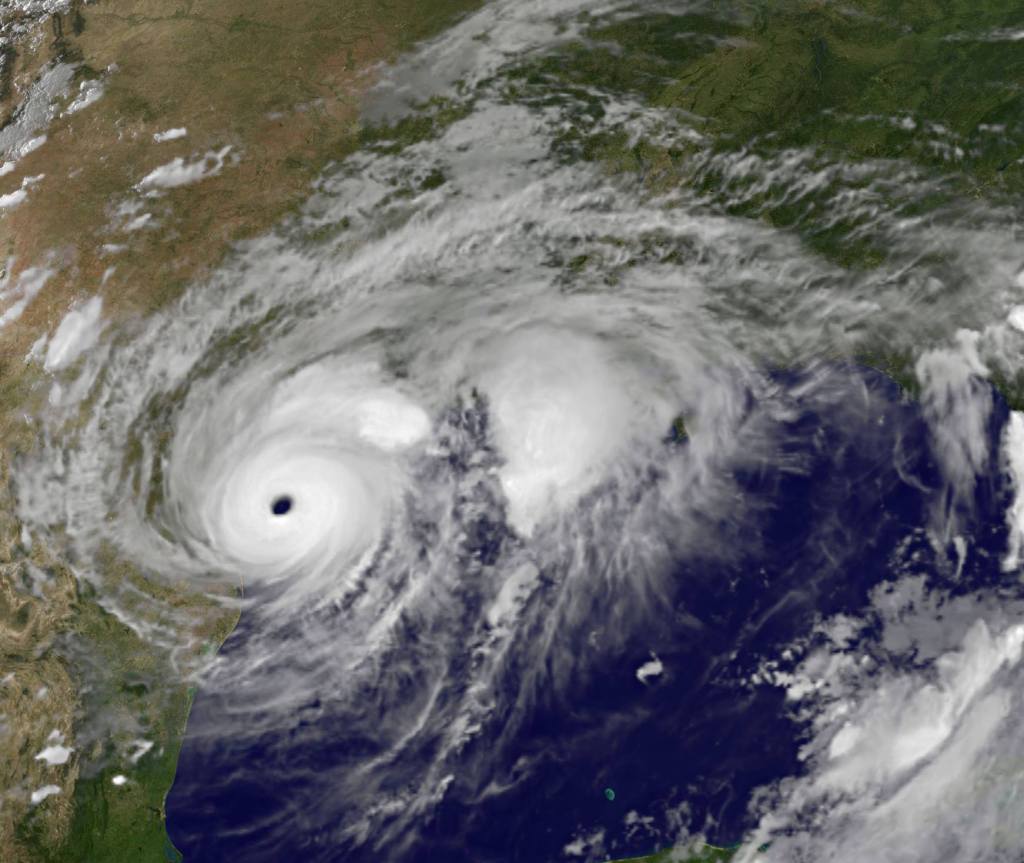A comprehensive report released this week by the Texas Governor’s Commission to Rebuild Texas calls for significant steps to make the state more resilient against future storms. Among other recommendations, the commission, formed in the weeks after Hurricane Harvey slammed the Texas coast in 2017, urged a policy to elevate new homes well above the so-called “Base Flood Elevation” (BFE), applying a margin of safety known as “freeboard.”
Reported the Dallas News: “To protect itself from the next major hurricane, Texas will have to build storm-surge barriers, shore up wetlands, buy out residents who live in vulnerable areas, rethink development plans and raise the first floors of existing buildings, suggests a sweeping report prepared for Gov. Greg Abbott and released Thursday.” (See: “Hurricane Harvey report seeks to ‘future-proof’ Texas from climate change without saying so directly,” by Anna Kuchment)
“We must make the Texas Gulf Coast — and indeed the entire state — more resilient and better able to withstand future disasters, whether the threat comes from hurricanes, tornadoes, wildfires, flooding or other disasters,” the report said (see: “Eye of the Storm: Report of the Governor’s Commission to Rebuild Texas”).
“In its forward-looking cast, the report, which was overseen by Texas A&M University System Chancellor John Sharp and included contributions from more than two dozen researchers and extension agents in the Texas A&M System, is perhaps the closest the governor’s office has come to acknowledging climate change — while assiduously avoiding that exact, politically charged term, except in citations of scientific papers,” noted the Austin American-Statesman (see: “State report on Hurricane Harvey warns of changing climate, without mentioning ‘climate change’,” by Asher Price).
The report suggested building a “coastal spine” seawall protecting Houston from storm surge at an estimated price tag of $12 billion. But other recommendations were on a more modest scale, including a set of adaptations homeowners could undertake: “Structural techniques include elevating the structure (usually above the BFE), constructing earthen berms, installing movable floodwalls and dry flood-proofing a home to prevent water from entering (by using sealants or impermeable barriers). Behavioral changes with minor modifications involve “wet flood-proofing,” allowing flood water to enter a home but relocating critical features and valuables out of harm’s way, with features such as breakaway walls, garage vents, anchoring mechanisms and mold-resistant insulation.”
